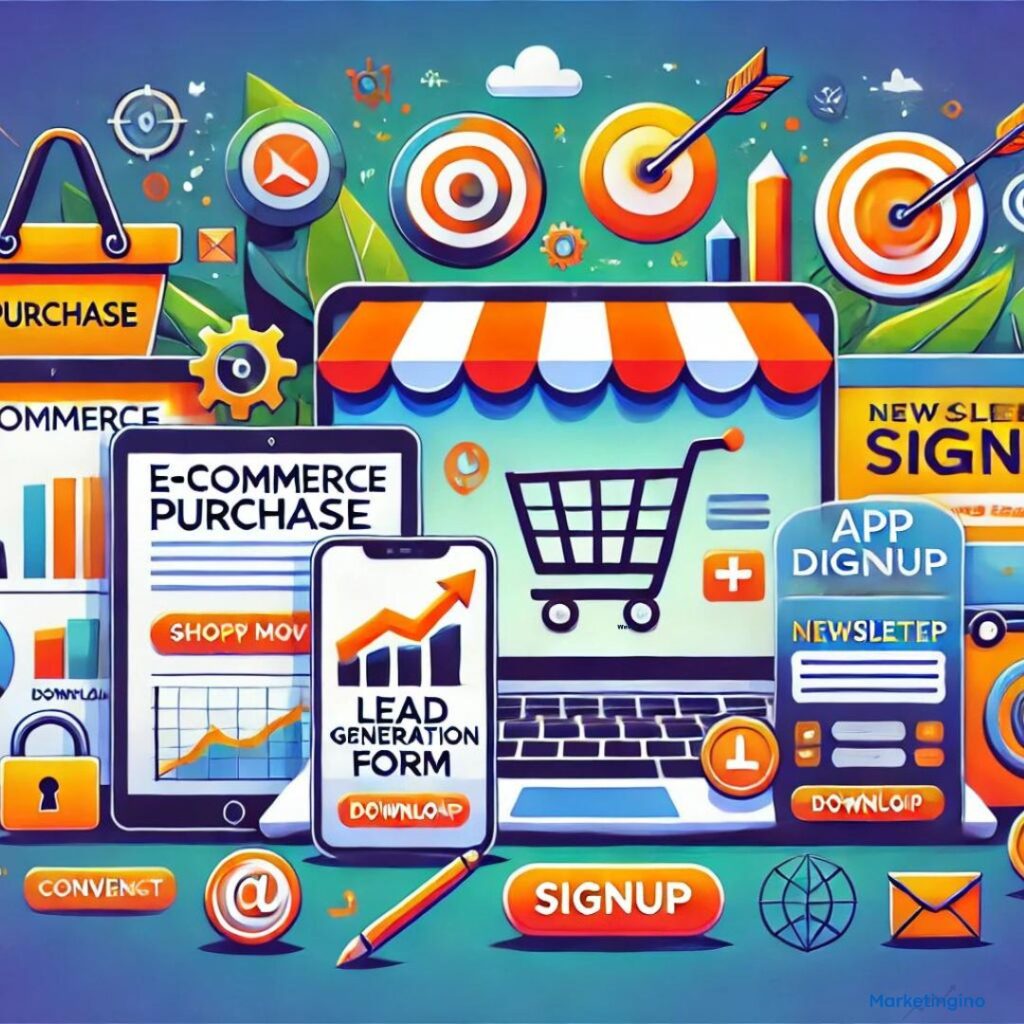In the world of business, every action and decision is geared towards achieving success and growth. Among the myriad of activities that businesses undertake, conversions hold a special place. A conversion represents the successful completion of an activity that directly contributes to a business’s objectives, such as generating revenue, acquiring customers, or increasing engagement. This article delves into the concept of conversions, their significance, examples across different industries, and strategies for optimizing conversion rates.
Understanding Conversions
A conversion occurs when a user completes a desired action that aligns with the business’s goals. This action could range from making a purchase and filling out a contact form to signing up for a newsletter or downloading a resource. Conversions are critical indicators of how well a business’s marketing and operational strategies are performing.
Importance of Conversions
1. Measuring Success
Conversions are a direct measure of a business’s success in achieving its objectives. They provide tangible evidence of how well marketing campaigns, website designs, and other strategic initiatives are working. High conversion rates indicate that a significant number of users are taking the desired actions, contributing to business growth.
2. Optimizing Marketing Efforts
By analyzing conversion data, businesses can gain valuable insights into customer behavior and preferences. This information helps in refining marketing strategies, targeting the right audience, and creating more effective campaigns. Understanding what drives conversions allows businesses to allocate resources more efficiently and maximize return on investment (ROI).
3. Enhancing User Experience
Conversions also reflect the quality of the user experience. A seamless and intuitive user journey is more likely to result in higher conversion rates. By focusing on user experience, businesses can remove barriers to conversion, such as complicated checkout processes or unclear calls to action, leading to increased customer satisfaction and loyalty.
Examples of Conversions
1. E-commerce Purchases
In the e-commerce industry, a conversion typically refers to a completed purchase. Online retailers track conversions to evaluate the effectiveness of their product listings, marketing campaigns, and website design. Tools like Google Analytics and conversion tracking software help in analyzing purchasing behavior and optimizing the sales funnel.
2. Lead Generation
For businesses that rely on lead generation, such as B2B companies or service providers, a conversion might involve filling out a contact form, requesting a quote, or downloading a whitepaper. These actions indicate a potential customer’s interest in the business’s offerings and open the door for further engagement and nurturing.
3. App Downloads
In the tech industry, particularly for companies that develop mobile applications, a conversion could be an app download. App developers track downloads to measure the success of their marketing efforts and app store optimization (ASO) strategies. High download rates suggest effective promotion and a compelling value proposition.
4. Newsletter Signups
For content-driven businesses like blogs, news websites, or educational platforms, conversions can include newsletter signups. A growing subscriber base indicates that the content is resonating with the audience and that there is a demand for regular updates and information.
Strategies for Optimizing Conversion Rates
1. Clear and Compelling Calls to Action (CTAs)
A well-designed call to action is crucial for driving conversions. CTAs should be clear, concise, and compelling, guiding users towards the desired action. Use action-oriented language, such as “Buy Now,” “Sign Up,” or “Download,” and ensure that CTAs stand out visually on the page.
2. A/B Testing
A/B testing involves comparing two versions of a webpage or marketing element to determine which one performs better in terms of conversions. By testing different headlines, images, CTAs, and layouts, businesses can identify the most effective combinations and continuously optimize their strategies.
3. Simplifying the User Journey
A complex or confusing user journey can hinder conversions. Simplify the process by reducing the number of steps required to complete an action, providing clear instructions, and eliminating unnecessary form fields. A smooth and intuitive experience increases the likelihood of users completing the desired action.
4. Personalization
Personalization tailors the user experience to individual preferences and behaviors, making it more relevant and engaging. Use data and analytics to deliver personalized content, recommendations, and offers that resonate with users and encourage conversions.
5. Building Trust
Trust is a significant factor in conversion rates. Ensure that your website is secure, user-friendly, and transparent about policies, such as returns and privacy. Displaying customer testimonials, reviews, and trust badges can also enhance credibility and encourage users to take the desired action.
Conversions are the lifeblood of any successful business, representing the completion of activities that drive growth and success. By understanding the importance of conversions and implementing strategies to optimize conversion rates, businesses can enhance their performance, achieve their goals, and build lasting relationships with their customers. Whether it’s making a purchase, generating leads, or increasing engagement, focusing on conversions is key to thriving in a competitive market.




